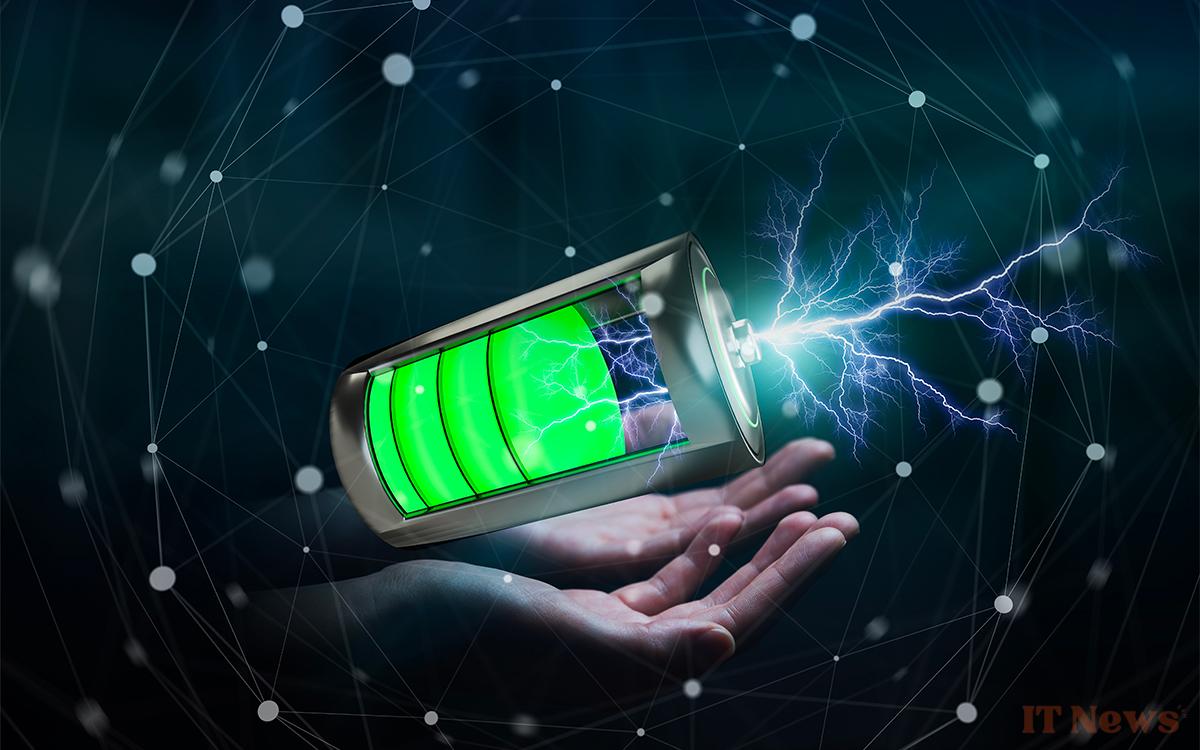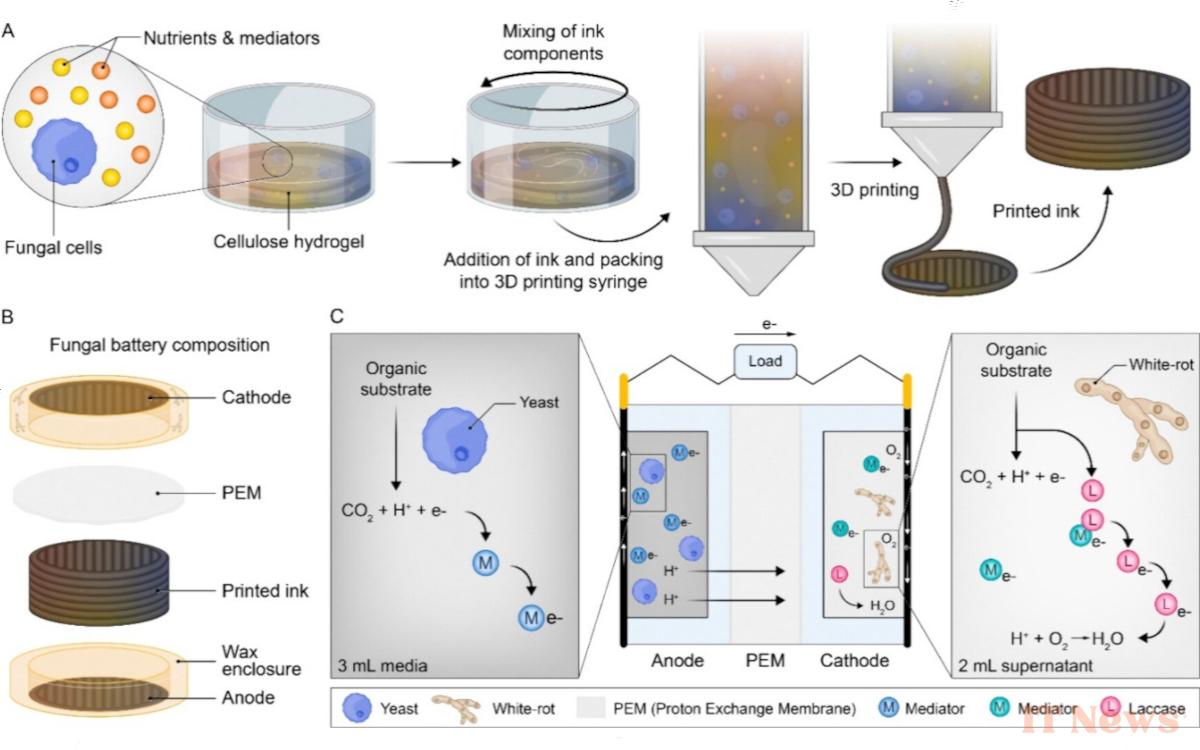Research is making great strides in the field of eco-friendly batteries. A Swiss team is proposing a solution that's radically different from traditional models. This new type of battery doesn't need to be recharged... it feeds itself.
Technologies related to batteries are constantly evolving to meet the growing needs of our time. Some promise to extend the life of electric cars by repairing themselves, while others rely on nuclear power to power tiny devices for decades. In this race to... Innovation, a new battery model surprises with its operating principle: instead of being recharged, it literally has to be fed.
In Switzerland, scientists at the Empa institute have developed an environmentally friendly battery that works without electricity, but with nutrients. This prototype is made almost entirely of natural and biodegradable materials. Unlike conventional models, which are made of heavy metals and chemicals that are difficult to recycle, it is made up of mushrooms, yeast, cellulose and beeswax.
The fungal battery developed by Empa uses two mushrooms and grows thanks to a 3D print
Two fungal species play a key role in this system: the yeast Saccharomyces cerevisiae transforms sugar into electrons at the anode, while the fungus Trametes pubescens, a white mushroom found in forests, completes the reaction at the cathode using enzymes. These electrons circulate in the structure to produce an electric current. Everything is integrated in a 3D-printed matrix with an ink composed of cellulose, carbon, and living cells.
The battery becomes functional in just a few weeks after printing. It can produce between 300 and 600 millivolts and power a device for several days. By connecting four units, it is possible to operate an environmental sensor for approximately 65 hours. This technology is ideal for use in remote areas, in agricultural environments, or for medical devices, thanks to its ability to remain stored dry and activate simply with water and nutrients. Researchers are already exploring other types of mushrooms to improve its potency and lifespan. This project could transform the way we think about energy.





0 Comments